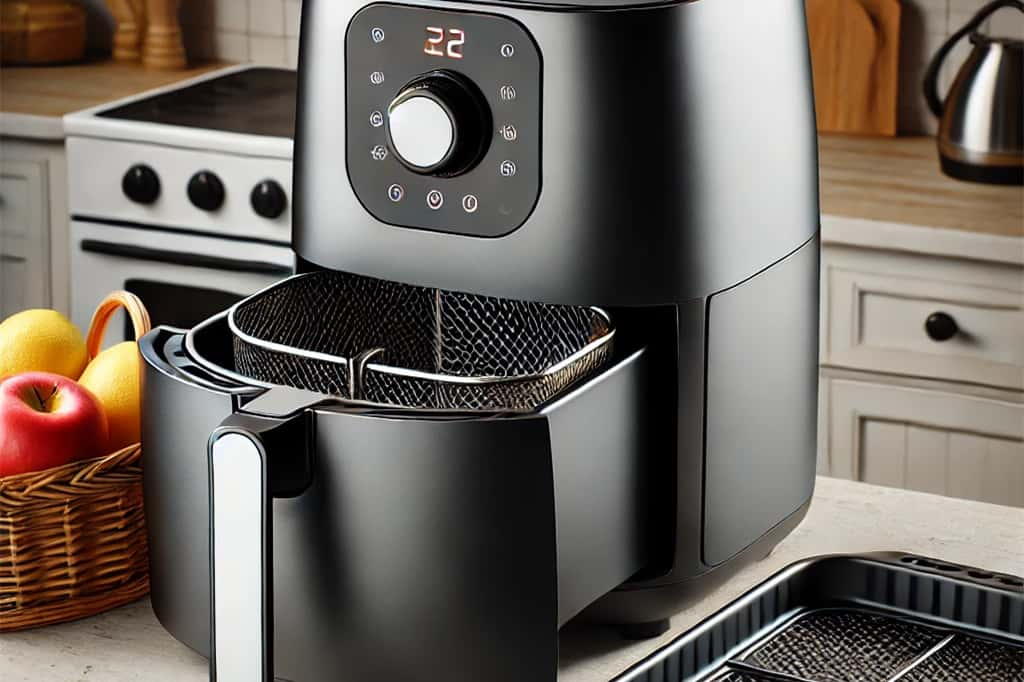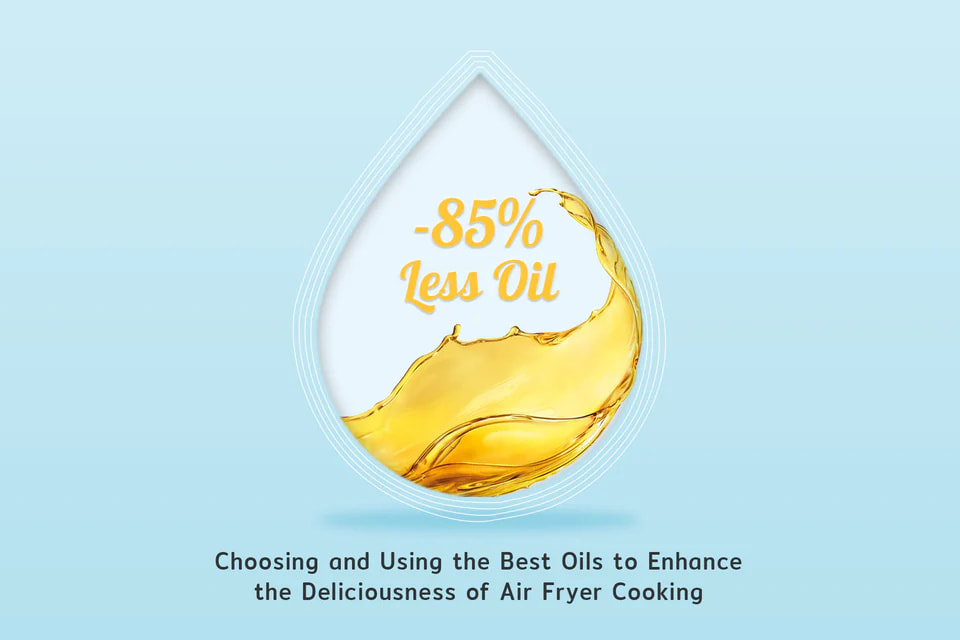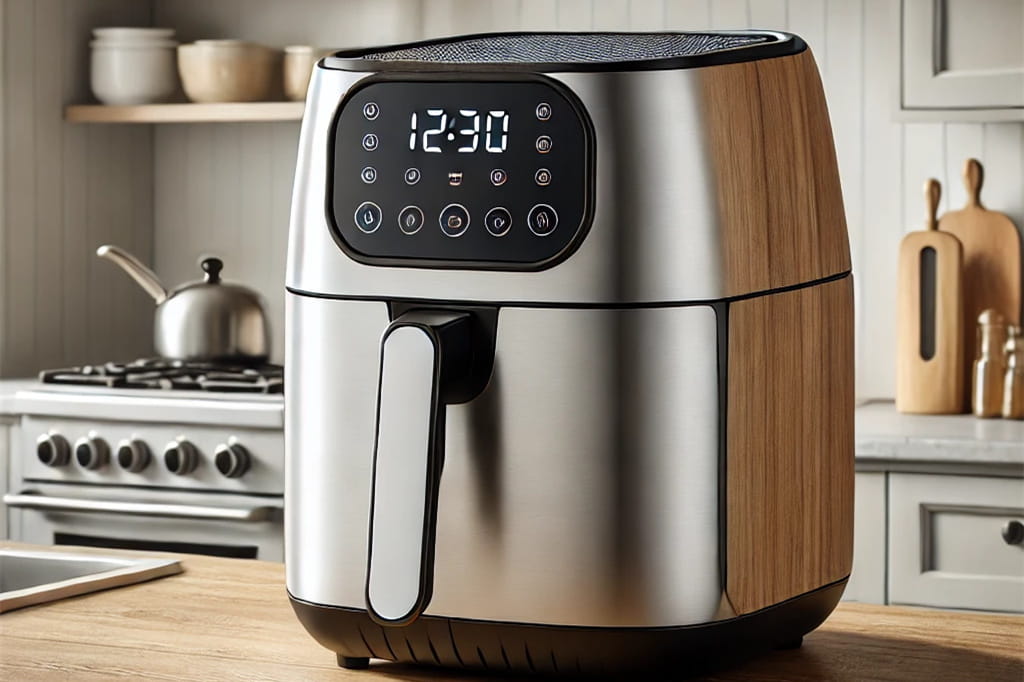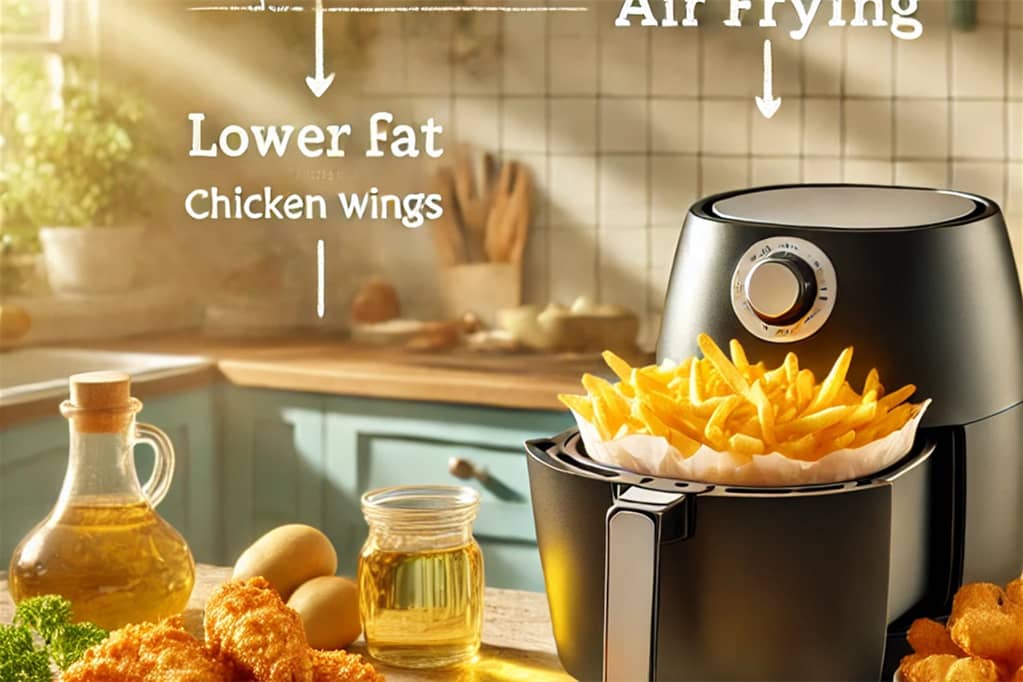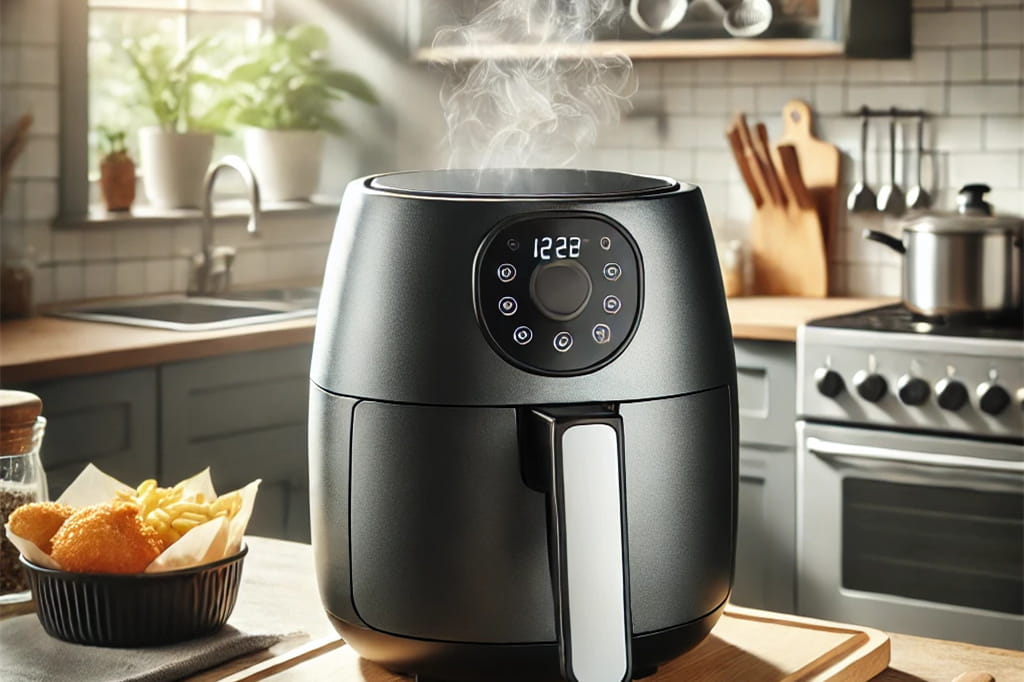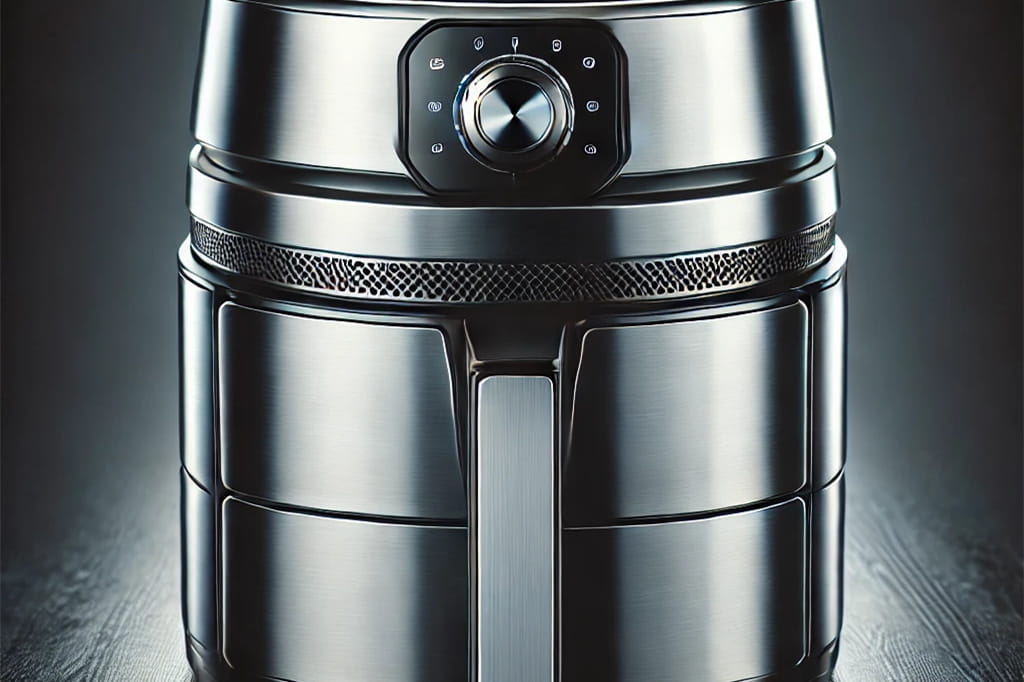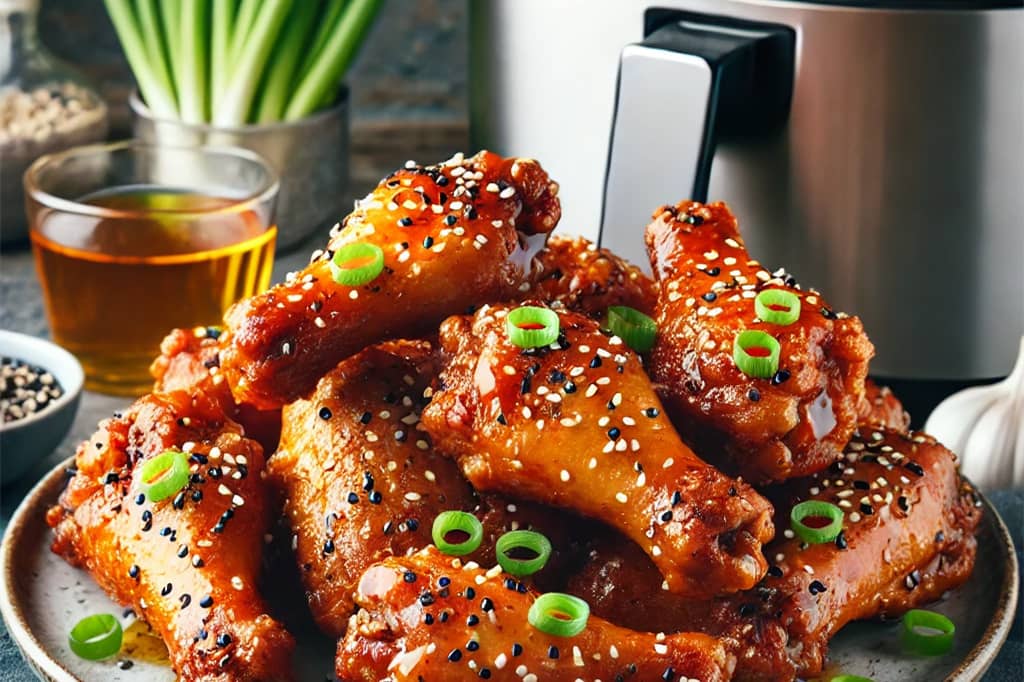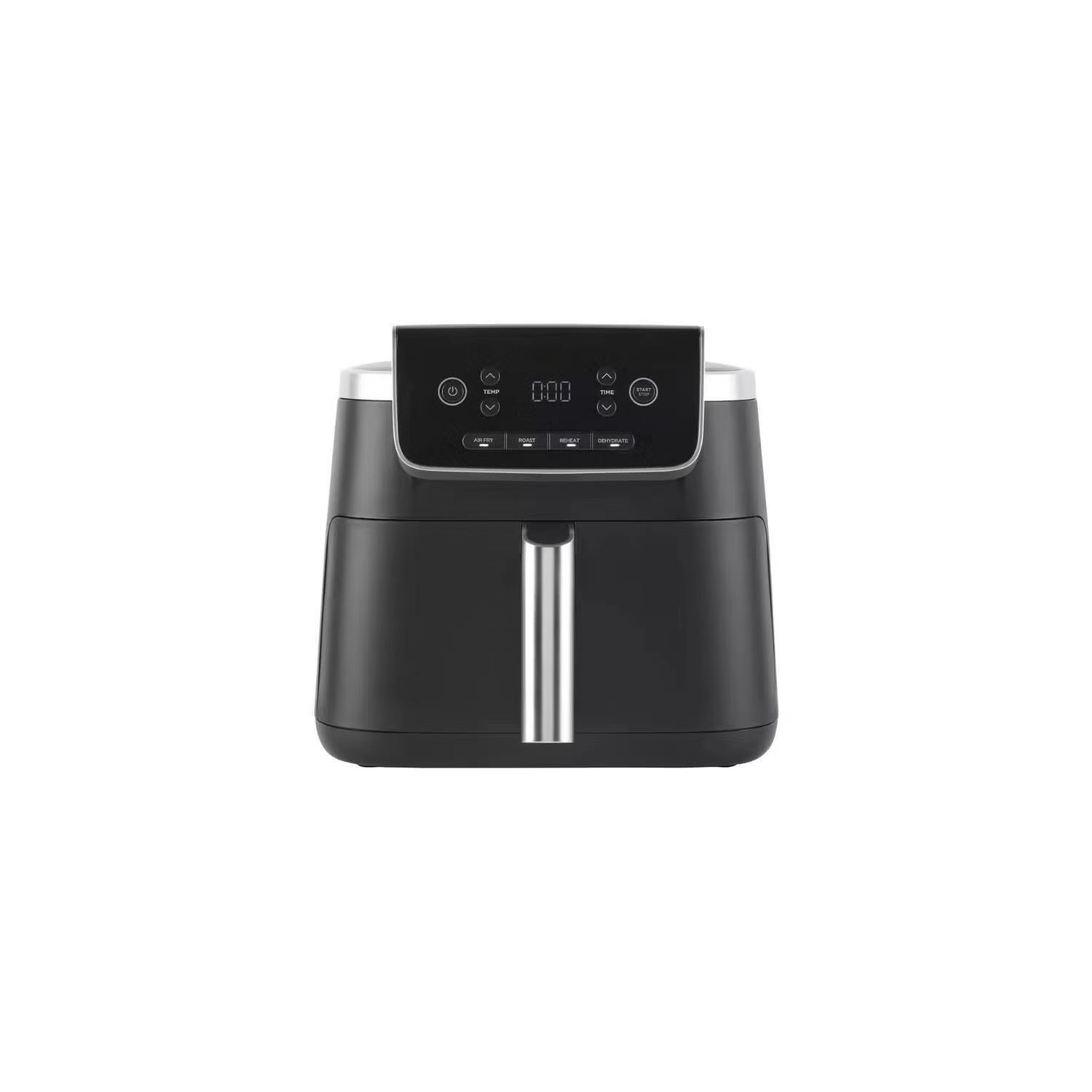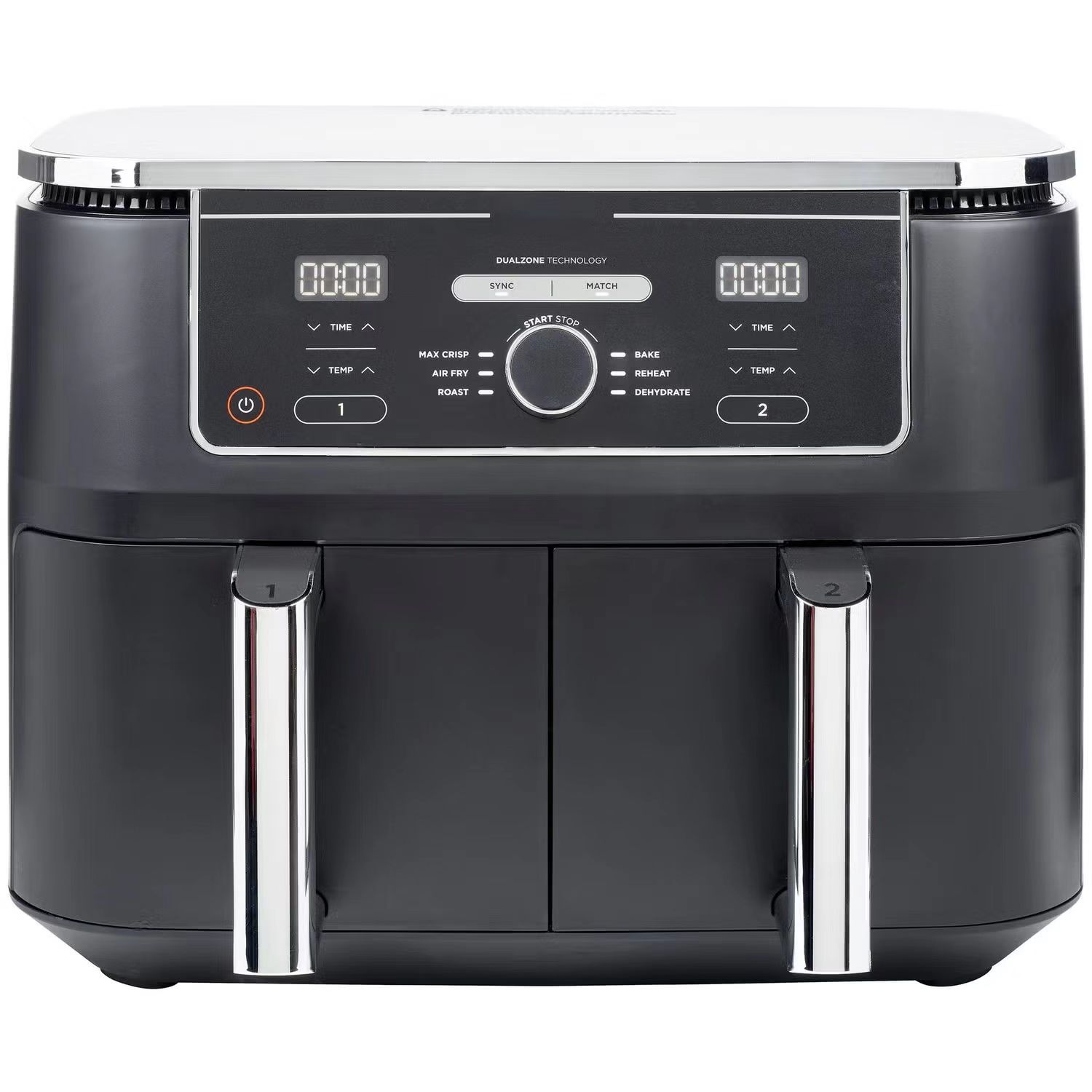How Much Oil to Use in an Air Fryer: Tips for Healthier, Crispy Results
Air fryers have revolutionized the way we cook, offering a healthier, faster way to enjoy crispy, delicious foods without the need for a deep fryer. With the increasing popularity of these kitchen gadgets, many users wonder, "How much oil should I actually be using in an air fryer?" Whether you’re a beginner or a seasoned air fryer enthusiast, knowing the right amount of oil can elevate your cooking results. This article dives into best practices for oil usage in an air fryer and even touches on variations like the dual air fryer for those looking for added convenience.
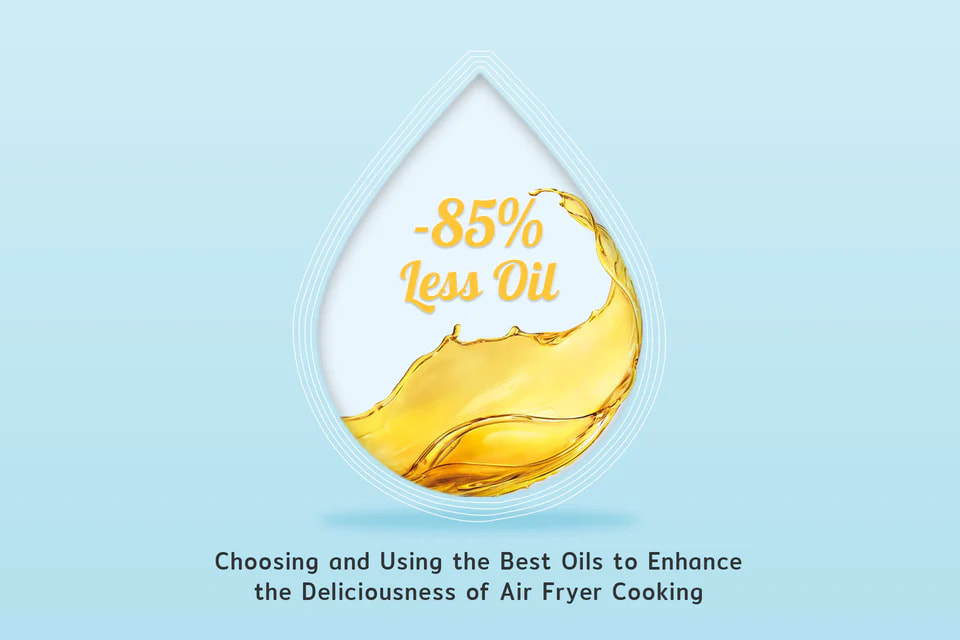
How Much Oil to Use in an Air Fryer
So, how much oil is ideal for an air fryer? The answer depends on the type of food you're cooking and the texture you desire:
1. Minimal Oil for Most Foods:
Typically, only a small amount of oil is needed in an air fryer. Most recipes call for 1 to 2 teaspoons of oil. This amount is generally enough to provide a light coating for your food, ensuring it crisps up nicely without being greasy.
2. Oil Sprays for Even Coating:
If you want a very light, even layer, consider using an oil spray. A mist or spray of oil allows you to control the distribution and amount better than pouring oil directly into the basket. Just make sure not to overspray, as this can make the food too greasy.
3. Certain Foods Need More Oil:
Foods that are naturally dry, like potatoes for fries, may need a bit more oil to get that classic crispiness. In such cases, up to a tablespoon may be appropriate. Tossing your ingredients in a bowl with a tablespoon of oil can ensure an even coating.
4. No Oil for Pre-Oiled Foods:
Foods that already have a bit of oil or are naturally high in fat, like frozen fries or chicken wings, often require no additional oil. Air fryers are designed to work with the food’s natural oils, so adding more can sometimes lead to a greasy result.
Choosing the Right Oil for Your Air Fryer
The type of oil you use is as important as the quantity. Air fryers cook at high temperatures, so it’s best to choose oils with a high smoke point. Some ideal oils include:
1.Avocado Oil:
High smoke point and neutral flavor, great for most recipes.
2.Olive Oil:
A popular choice, but extra virgin olive oil has a lower smoke point. Use with caution and avoid overheating.
3.Canola Oil:
Affordable and works well for most air fryer recipes.
4.Coconut Oil:
Adds a hint of flavor, best for baked goods or recipes that complement coconut.
Experiment with different oils to discover the flavors that best suit your tastes. Keep in mind that each type of oil has its own flavor and nutritional profile, so choose according to your dietary preferences as well.
Cooking with a Dual Air Fryer
For those who love multitasking, a dual air fryer can be a game-changer. Dual air fryers come with two compartments, allowing you to cook two different dishes simultaneously — each with its own temperature and cooking time settings. When it comes to oil usage, the same rules apply; however, a dual air fryer offers more flexibility. For example, you could air-fry veggies in one compartment with minimal oil while cooking a main dish, like chicken wings, in the other compartment without any added oil. This setup not only saves time but also lets you prepare complete meals more efficiently.
Tips for Adding Oil to Different Types of Foods
Each type of food responds differently to oil in an air fryer, so here are a few specific tips to keep in mind:
1. For Vegetables:
Fresh vegetables like zucchini, bell peppers, or asparagus need only a light spray or brush of oil. Too much oil can make them soggy, so a teaspoon is generally enough. If you're cooking vegetables in a dual air fryer, you can keep one side oil-free and experiment with seasoning alone.
2. For Frozen Foods:
Frozen foods often come pre-coated with oil. Check the package; if it’s pre-seasoned or coated, avoid adding oil. For plain frozen foods like fries or fish sticks, a light spray can help achieve an extra-crispy texture.
3. For Proteins:
Chicken, steak, and other proteins usually require little to no added oil, especially when skin or natural fat is present. If you're cooking a leaner cut, like chicken breast, brush on a small amount to prevent dryness.
4. For Baked Goods:
When baking items like donuts or pastries in an air fryer, use oil sparingly or opt for non-stick baking sprays. Too much oil can prevent dough from rising properly.
Why the Right Air Fryer Supplier Matters
When purchasing an air fryer, selecting a reliable air fryer supplier can ensure you’re getting a quality product that fits your cooking needs. A reputable supplier often provides a range of options, including single-compartment models and dual air fryers, along with helpful customer support. Additionally, quality suppliers may offer warranties, repair services, and customer reviews to guide you in choosing the right model. When you buy from a trusted supplier, you’re more likely to get an air fryer that performs well over the long term, offering consistent results and energy efficiency.
In conclusion, while air fryers require minimal oil, using the right amount can enhance the texture and flavor of your food. With a little experimentation and the right equipment from a trusted air fryer supplier, you’ll be on your way to healthier, tastier, and more satisfying meals. So, go ahead and enjoy all the crispy, delicious possibilities that an air fryer can bring to your kitchen!


